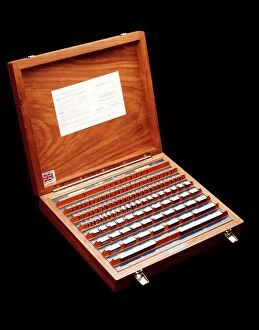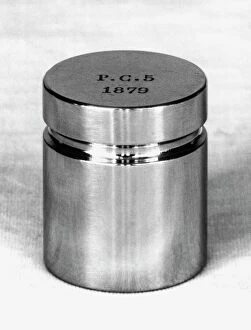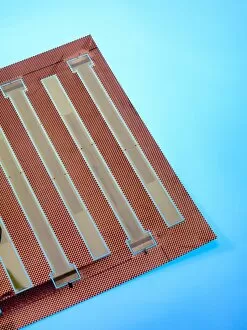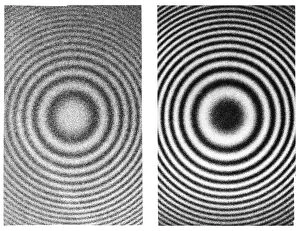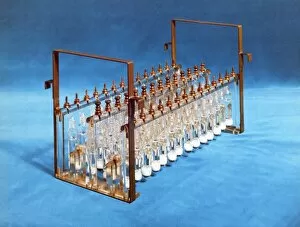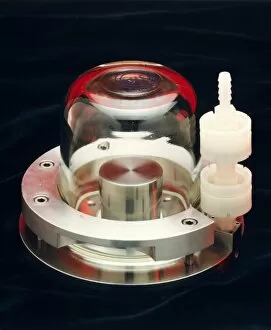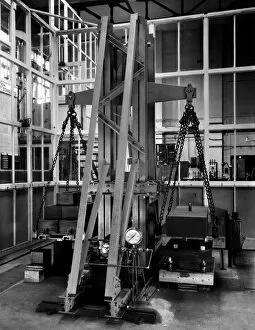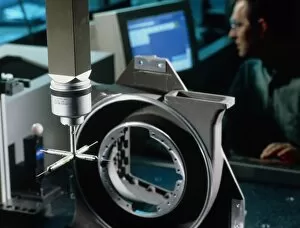Metrology Collection
"Exploring the World of Metrology: From Tungsten Carbide Slip Gauge Blocks to Primary Standard Radiation Force Balance" Metrology, the science of measurement
For sale as Licensed Images
Choose your image, Select your licence and Download the media
"Exploring the World of Metrology: From Tungsten Carbide Slip Gauge Blocks to Primary Standard Radiation Force Balance" Metrology, the science of measurement, encompasses a vast array of instruments and techniques that ensure accuracy and precision in various fields. Among these tools are tungsten carbide slip gauge blocks C016 / 2042, which provide reliable calibration for measuring devices. Similarly, the copy of the Imperial Standard Pound C016 / 2048 serves as a reference point for weight measurements. Recently, professionals from around the globe gathered at Langley Research Center for the Annual Metrology and Calibration Working Group Face to Face meeting. This event fostered collaboration and knowledge exchange among experts dedicated to advancing metrological practices. Delving into history, an intriguing artifact caught our attention – a historic amperemeter discovered in Switzerland, Europe. This device showcases how metrology has evolved over time to measure electrical currents accurately. Thin-film thermocouples C016 / 6482 play a crucial role in temperature measurement with their thin yet highly sensitive design. These thermocouples enable precise monitoring across various industries. At Langley Research Center's laboratory lies another significant instrument – the primary standard radiation force balance C016 / 6478. With its exceptional accuracy, this device ensures accurate measurements of radiation forces exerted on objects. Further exploration reveals additional primary standard radiation force balances (C016/6479 & C016/6477) alongside more thin-film thermocouples (C016/6484-86). These cutting-edge tools exemplify how metrologists continually push boundaries to enhance measurement capabilities. Metrology is not just about numbers; it represents an intricate web connecting diverse instruments like tungsten carbide slip gauge blocks or primary standard radiation force balances. As we continue unraveling its mysteries and advancements worldwide, we unlock new possibilities for innovation across countless industries reliant on precise measurements.

